Shazam! Transform your body heat into electricity with this wearable
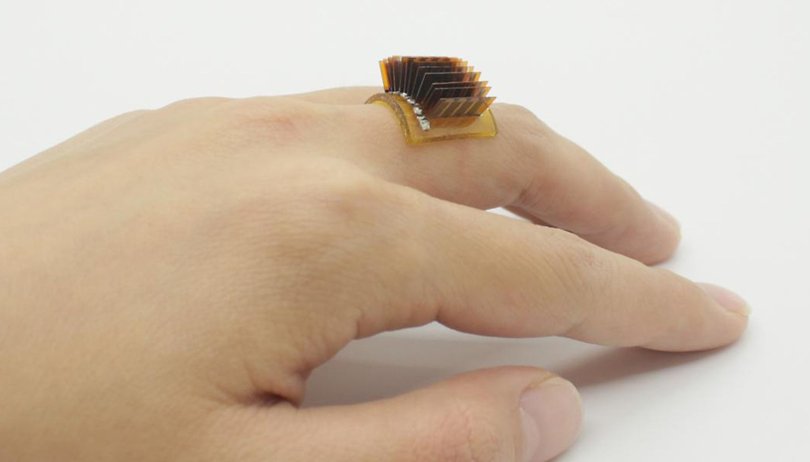

Scientists at the University of Colorado in Boulder, Colorado, have discovered a way to generate energy from body heat. In short, turning your body into a biological battery. We're told that the energy generated is touted to be enough to power a fitness tracker. Isn't this the first step of realizing the dystopian future found in The Matrix where human bodies are nothing but batteries for the machines?
- Researchers at CU Boulder developed a thermoelectric generator
- Body heat is converted into energy
- Material is recyclable and self-healing
- Can be expanded like a Lego system
A team led by scientist Jianliang Xiao at the University of Colorado at Boulder (Colorado, USA) has achieved quite the feat by developing a thermoelectric generator that certainly catches the attention of many. Fancy a wearable device that is worn on your body that can be used to convert body heat into electricity?
"In the future, we want to be able to power your wearables without a battery"
This could then be used to power devices such as fitness trackers, doing away with the need for a conventional battery. Xiao and his team of researchers hope to further improve on this new technology to usher in a new age of self-sustaining wearable devices. I suppose the idea had always been there - remember kinetic-powered watches in the past? A special feature of the thermoelectric generators developed by Xiao's team would be the extremely flexible material that makes it possible for us to wear these chips on our bodies without running into allergy or discomfort issues.
To this end, the scientists have been able to combine what are actually rigid thermoelectric chips with a very flexible substrate acting as a base. The conductive structures are vapour-deposited onto a stretchable and flexible polyimide plastic. The scientists then glued a series of thin thermoelectric chips to this substrate before connecting all of them with liquid metal wires.
"Our design makes the whole system stretchable without putting a lot of stress on the thermoelectric material, which can be very brittle," the scientist explained.
Self-healing, sustainable, and expandable
To make matters more interesting, the substrate made of flexible plastic while the liquid metal boasts of self-healing properties. Assuming the device actually cracks while in use, all it takes to get everything up and running again could be as simple as pressing the broken ends against each other, and voila! The crack ought to be sealed within minutes. If you are not yet convinced by this technology, perhaps the sustainability aspect of it might turn the tide.
The researchers have also experimented on disassembling this thermoelectric generator by breaking it down into its component parts. All you have to do is dip the device in a specially concocted solution, before the electronic components are separated with the polyimine base having broken down into its constituent parts. This allows one to reuse these individual components at a later time.
Moreover, this kind of expandable technology allows the capacity of this "bio-battery" to be increased. Jianliang Xiao explained:
"What I can do is combine these smaller units to make a larger unit. It's like putting a bunch of small Lego bricks together to make one big structure. It gives you a lot of options for customization."
In their experiments, the scientists were able to generate about 1 volt of energy per square centimeter of skin area. Extrapolate this to a person who walks around at a brisk pace, then an area equivalent to a standard fitness tracker ought to be adequate to generate five volts of energy - which is enough to power the fitness tracker itself. In the picture above you can see a ring in action, although alternatively, you can also develop wristbands in such a manner or any other potential wearable devices that are worn on the leg or placed anywhere else on the body.
Is there a catch?
It is not all a bed of roses as there are two things to take note of. Should the device be exposed to sunlight, it will heat up considerably within a short period of time. That's why the development team is relying on a glass-polymer combination to provide protection for the material, allowing it to reflect sunlight. The other possible drawback is the time of research required to make it ready for the consumer market, and we are looking at anywhere from half a decade to a full 10 years before something that is commercially viable is released.
Hence for the moment, battery-free fitness trackers remain a pipe dream but it is still nice to see that there is a possibility for change on the horizon. Recently, we reported on how hardware such as smartphones could be charged over the air in the future. Here, we read of technology that might eventually remove the need for conventional batteries in our wearable devices down the road. It is an especially potent combination when you bring in the sustainability aspect, as such a "bio-battery" makes for a fascinating development that we will definitely keep an eye on.
Via: SciTechDaily Source: University of Colorado Boulder, Science Advances






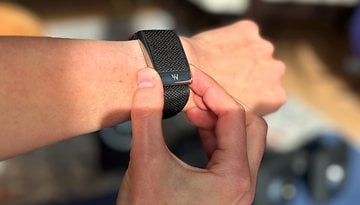
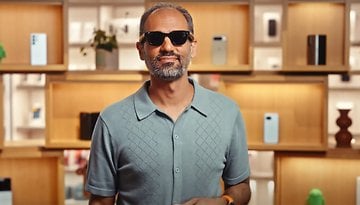
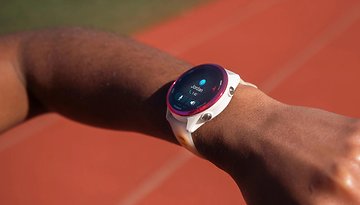
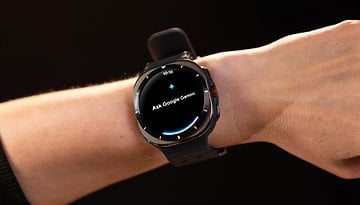
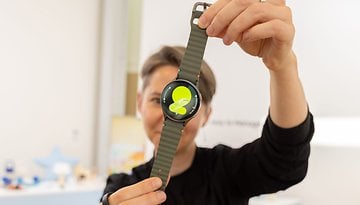









is it true :o